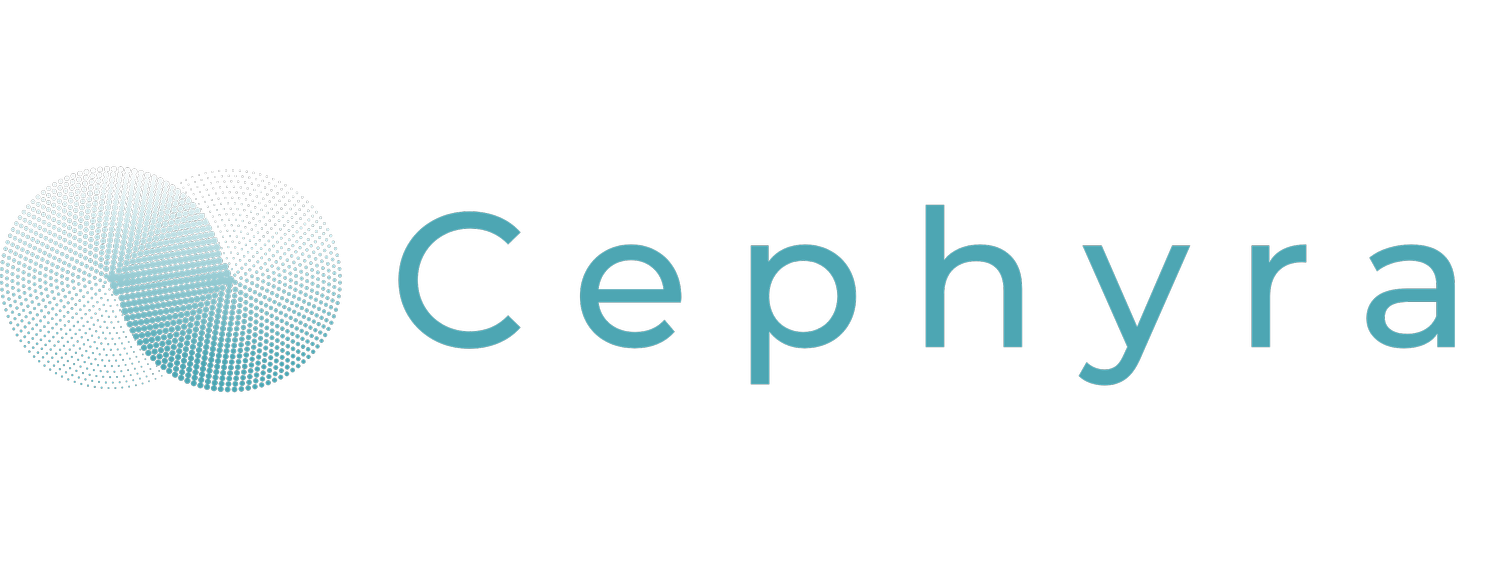Understanding Willis-Ekbom Disease
Willis-Ekbom Disease (WED), affects millions of people worldwide, yet it remains widely misunderstood and underdiagnosed. Characterized by an uncontrollable urge to move the legs, often accompanied by uncomfortable sensations like tingling or crawling, WED can disrupt sleep, impact mental health, and diminish quality of life. Let’s explore what WED is, its causes and impacts, and how a holistic approach can help manage symptoms effectively.
What is Willis-Ekbom Disease (WED)?
Willis-Ekbom Disease is a neurological condition that causes an irresistible need to move the legs, typically in the evenings or during periods of rest. Symptoms often include:
Uncomfortable Sensations: Tingling, crawling, itching, or aching in the legs, sometimes described as “pins and needles.”
Urge to Move: A strong compulsion to move the legs to relieve discomfort, which can temporarily ease symptoms.
Worsening at Night: Symptoms peak in the evening or at night, often interfering with sleep.
Periodic Limb Movements: Involuntary leg jerks during sleep, which can further disrupt rest.
WED affects over 8% of the population, with women and older adults being more commonly affected. Despite its prevalence, many people go undiagnosed or struggle to find effective treatments, as symptoms can be mistaken for stress, anxiety, or other conditions.
What Causes WED?
The exact cause of WED is not fully understood, but research points to several contributing factors:
Neurological Imbalance: WED is linked to dysfunction in the brain’s dopamine system, which regulates movement and sensory processing.
Iron Deficiency: Low levels of iron or ferritin in the blood can exacerbate symptoms, as iron plays a role in dopamine production.
Genetics: WED often runs in families, suggesting a hereditary component.
Medical Conditions: Conditions like kidney disease, diabetes, or pregnancy can trigger or worsen WED.
Medications: Certain antidepressants, antihistamines, or antipsychotics may aggravate symptoms.
Lifestyle Factors: Stress, caffeine, alcohol, or lack of physical activity can intensify WED symptoms.
Understanding these triggers is key to managing WED, as they guide personalized treatment plans tailored to each individual’s biology and lifestyle.
The Impact of WED on Daily Life
WED is more than just a physical condition—it affects mental and emotional well-being, too. The relentless discomfort and sleep disruption can lead to:
Chronic Sleep Deprivation: Difficulty falling or staying asleep can cause fatigue, reduced focus, and irritability.
Mental Health Challenges: Anxiety, depression, and stress often accompany WED due to its impact on sleep and daily comfort.
Reduced Productivity: Daytime fatigue and discomfort can make it hard to focus at work or enjoy daily activities.
Social Isolation: Many with WED feel misunderstood, as the condition’s “invisible” symptoms are hard to explain.
At Cephyra, we believe no one should face WED alone or feel unheard. Our mission is to provide compassionate, science-backed care that addresses both the physical and emotional aspects of the condition.
A Holistic Approach to Managing WED
Traditional treatments for WED, such as medications, can be effective but often come with side effects or limited long-term relief. Cephyra takes a different approach—one that’s personal, non-invasive, and holistic. Here’s how a comprehensive strategy can help manage WED symptoms and improve quality of life:
1. Understand Your Body with Personalized Diagnostics
Knowing what’s happening in your body is the first step to effective relief. At-home blood testing can reveal biomarkers like iron levels or inflammation that influence WED symptoms. These insights allow for a tailored care plan that addresses your unique needs.
How to Start: Use a simple at-home blood testing kit to identify deficiencies or imbalances. Consult a healthcare provider to interpret results and guide next steps.
2. Find Relief with Smart Therapy Devices
Non-invasive tools can provide immediate comfort without relying on medications. Devices like the Cephyra Flow use vibration, heat, cooling, and massage to relax the legs and promote restful sleep. The Cephyra Move, a wearable compression kit, supports circulation and eases discomfort during the day with gentle warmth and pressure.
How to Use: Incorporate these devices into your evening routine or wear them during periods of prolonged sitting to reduce symptoms.
3. Nourish Your Body with Precision Nutrition
Diet plays a critical role in managing WED, especially for addressing iron deficiency or inflammation. Personalized nutrition plans, based on your biomarkers and lifestyle, can support overall health and reduce symptom severity. For example, foods rich in iron (like leafy greens) and anti-inflammatory ingredients (like omega-3s) can make a difference.
How to Start: Work with a nutrition expert to create a plan tailored to your needs. Consider weekly meal delivery for convenience and consistency.
4. Move Toward Relief with Guided Exercise
Low-impact movement can improve circulation, reduce leg discomfort, and promote relaxation. Guided workout programs, such as gentle yoga, stretching, or walking, are designed to ease WED symptoms while supporting long-term leg health.
Try This: Practice a 10-minute evening stretch routine:
Seated Leg Stretch: Sit with legs extended, reach for your toes, and hold for 15 seconds. Repeat 3 times.
Ankle Circles: Rotate each ankle 10 times in both directions to boost circulation.
Calf Raises: Stand and slowly rise onto your toes, then lower. Do 10 reps.
5. Stay Supported with 1:1 Coaching
Managing WED can feel overwhelming, but you don’t have to do it alone. A dedicated coach can provide guidance, motivation, and accountability, helping you navigate your care plan and adjust as needed.
How It Helps: Regular check-ins with a coach ensure your plan evolves with your needs, offering emotional support and practical advice.
6. Track Progress with the MyCephyra App
A centralized hub like the MyCephyra app makes it easy to monitor symptoms, follow personalized plans, and stay connected with your coach. Tracking patterns—like when symptoms flare or what relieves them—empowers you to take control of your health.
How to Use: Log daily symptoms, meals, or exercise in the app to identify what works best for you.
Living Well with WED: Tips for Everyday Relief
In addition to a holistic care plan, small lifestyle changes can make a big difference in managing WED:
Establish a Sleep Routine: Go to bed andავ

